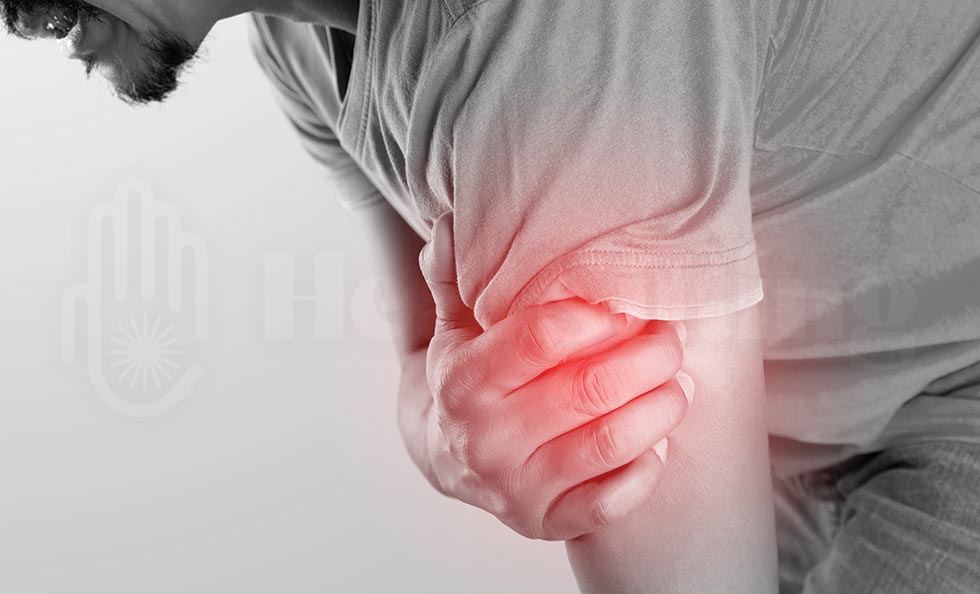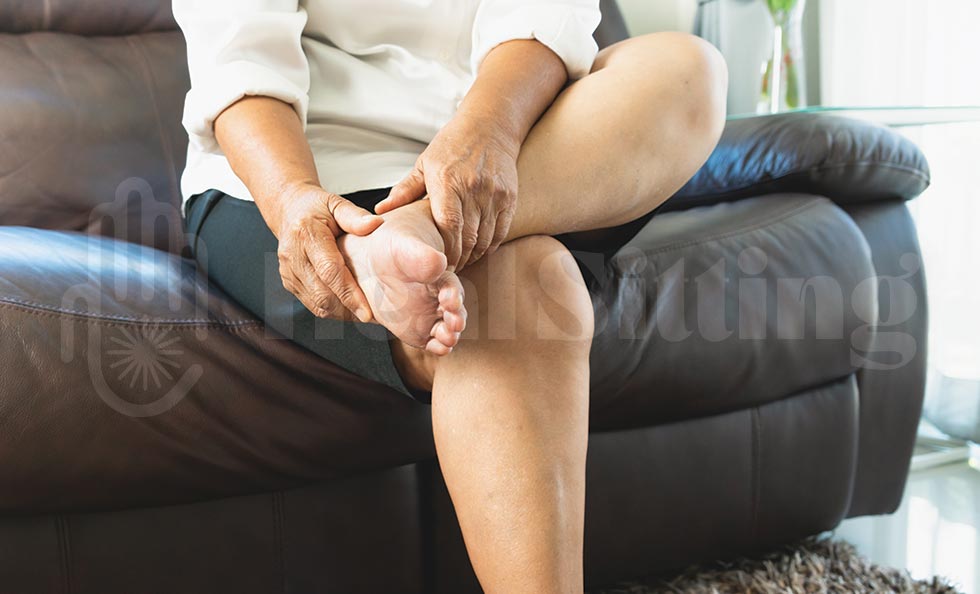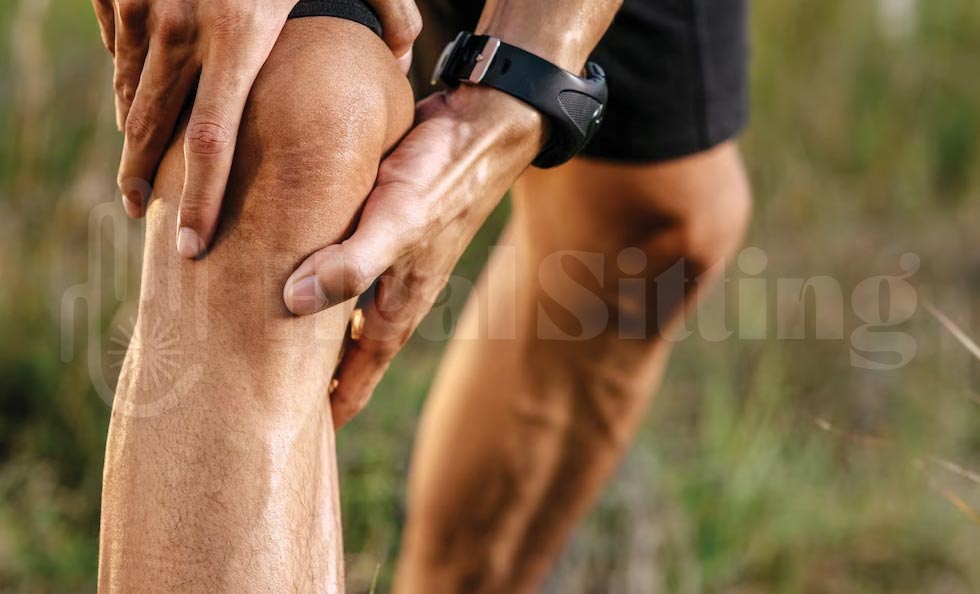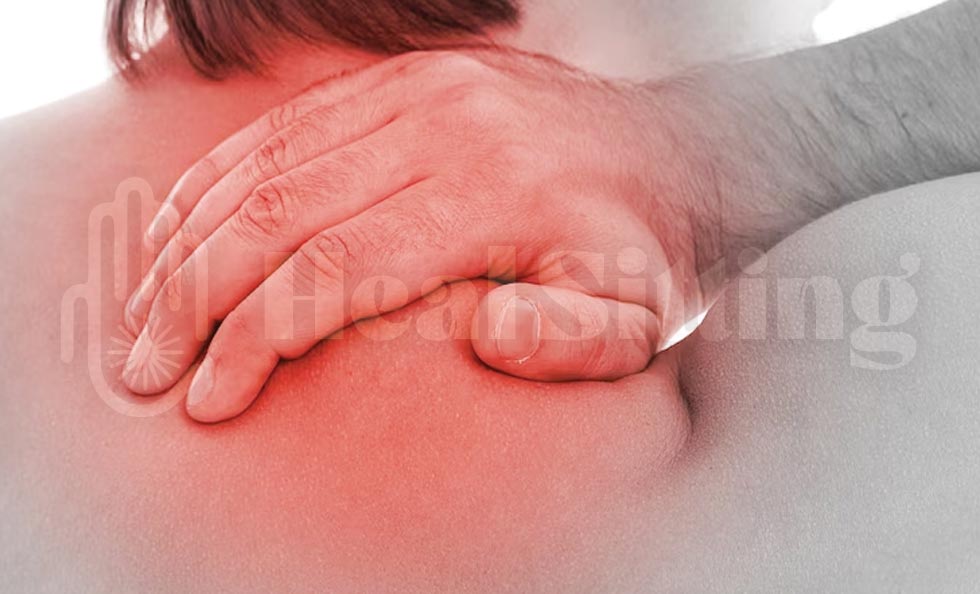It’s really hard to understand how our pain depends on these 3 systems. I’ll explain it to you in a relatively simple and logical way. Pain is a consequence of irritation of receptors of the nervous system. The irritation of these receptors can be external, when we hit ourselves, or cut ourselves… and internal, when the nervous system is irritated from within.
Irritation from within the nervous system is produced mechanically by muscle spasms, and these spasms are caused by overwork and by stress.
Stress is most often related to emotions, while overload comes from an imbalance in the work of the muscles. We have irritation provoked by spasms of internal organs due to emotions or improper function, intolerance to a particular food.
To make it clearer, I will give various examples. Applied kinesiology has really discovered many interconnections in the body.
Basically, everything in the body is interconnected. Individually we have muscle-to-muscle, muscle-to-internal organ, and emotions to muscles interrelationships.
Example 1: Our lower back hurts – we have a stomach problem. How so?
I will explain. The stomach is connected to the chest muscle and the chest muscle is connected to the waist muscle, hence the body rewires itself to guard the chest muscle and the tension goes entirely into the waist muscle.
Example 2: The arch of our foot hurts.
The arch muscle is directly connected to the masseter or jaw muscle. And no matter how much we massage the arch, we will not get the desired effect.
Example 3: We have wrist and forearm pain.
The problem may come from spasms of the small pectoral muscle, which presses on nerve endings associated with the strength of the fingers and wrist, hence the injury to the tendons of the wrist.
Example 4: Knee pain. The problem may be the small intestine.
Hamstring tone is related to the small intestine, and knee stability depends on the hamstring muscle.
Example 5: Pain between the shoulder blades.
The problem may come from spasms of the thoracic diaphragm, which is connected to the muscles between the shoulder blades.
Accumulated emotions can affect muscle tone and cause soreness. I will tell you about a case in my practice to prove this.
I first encountered unexplained severe body pain with a close friend. She was experiencing severe back pain and asked me to help her. I had been practicing kinesiotherapy for 2 years and a variety of cases had passed through my hands, but this one quite puzzled me. I started the therapy and upon placing my hands on her back she was jumping in pain. Even before I put pressure on the muscles. This reaction startled me because it was not at all usual. Usually, pain occurs with movement and pressure or is constant if there is inflammation. But here, just by touch, a violent reaction followed. I performed the procedure with very light pressure and the effect was minimal. Next time I could press more and the reaction was weaker. After a few treatments, the lady’s body was now responding normally, with less pain only in the spasmed areas.
From that moment I realized that the nervous system governs everything in the body. And if it is overstressed from stress, it can react quite violently to minimal irritation.
* Healsitting.com articles are for informational and educational purposes only and do not replace professional medical advice, diagnosis, or treatment. Always consult your doctor for any questions you may have about a medical condition.









